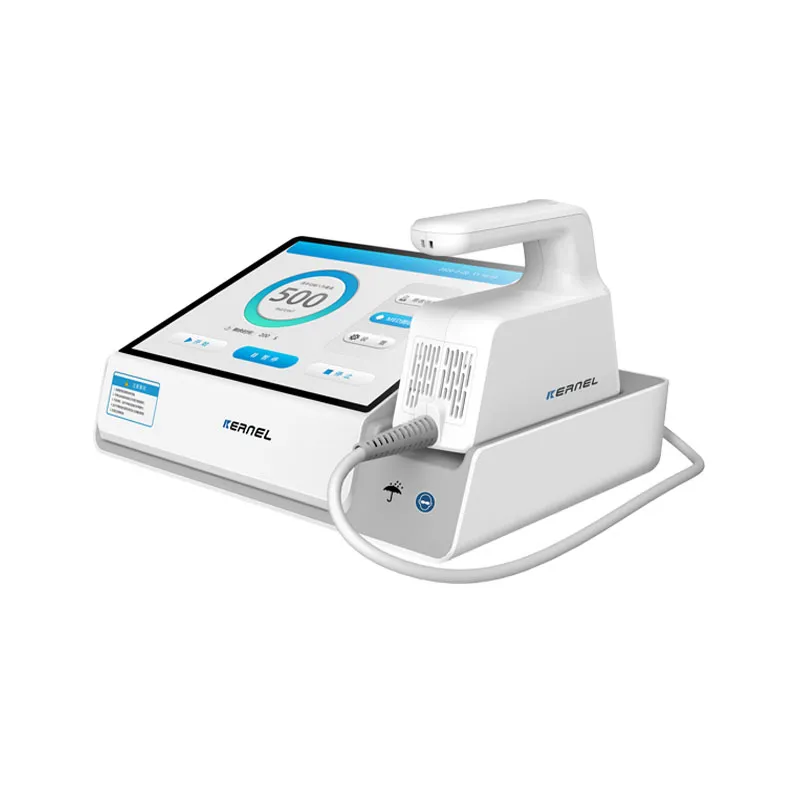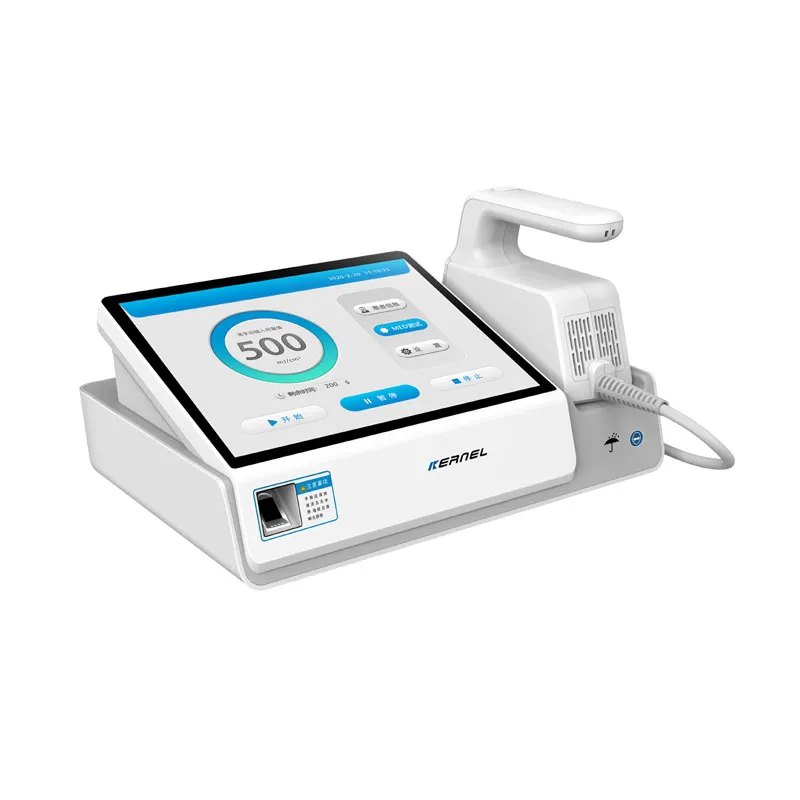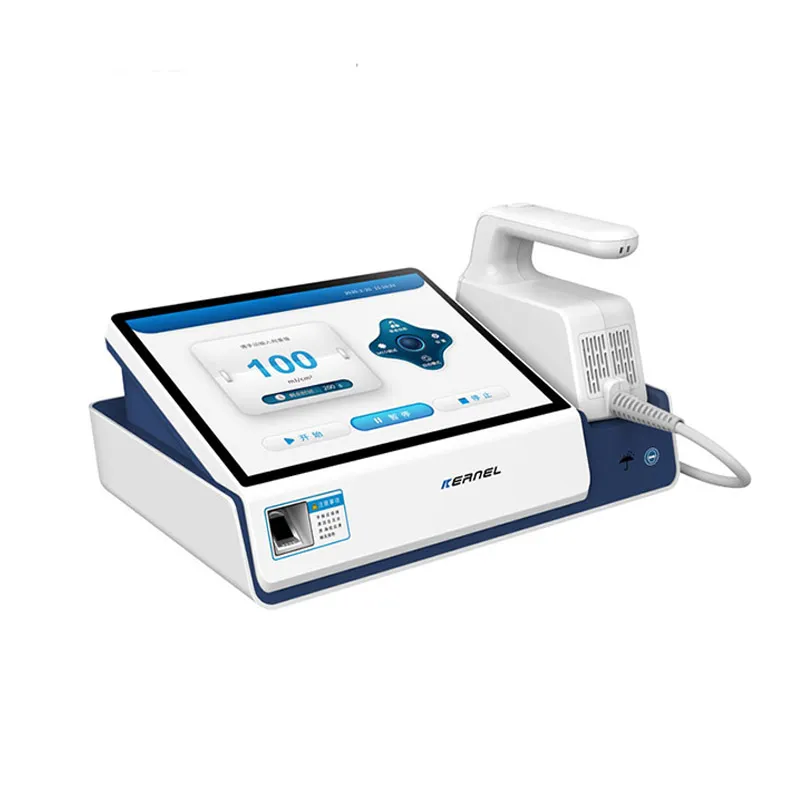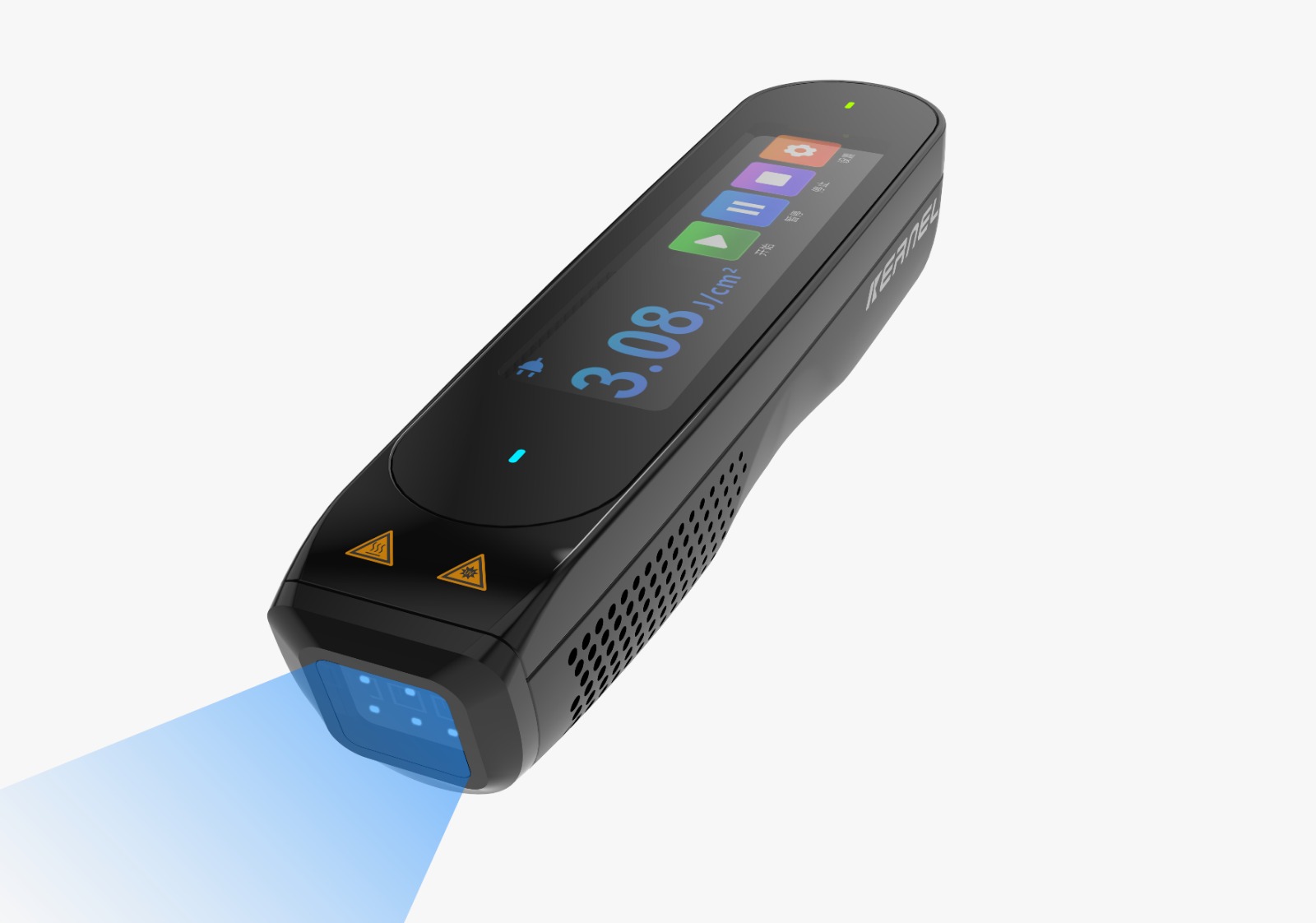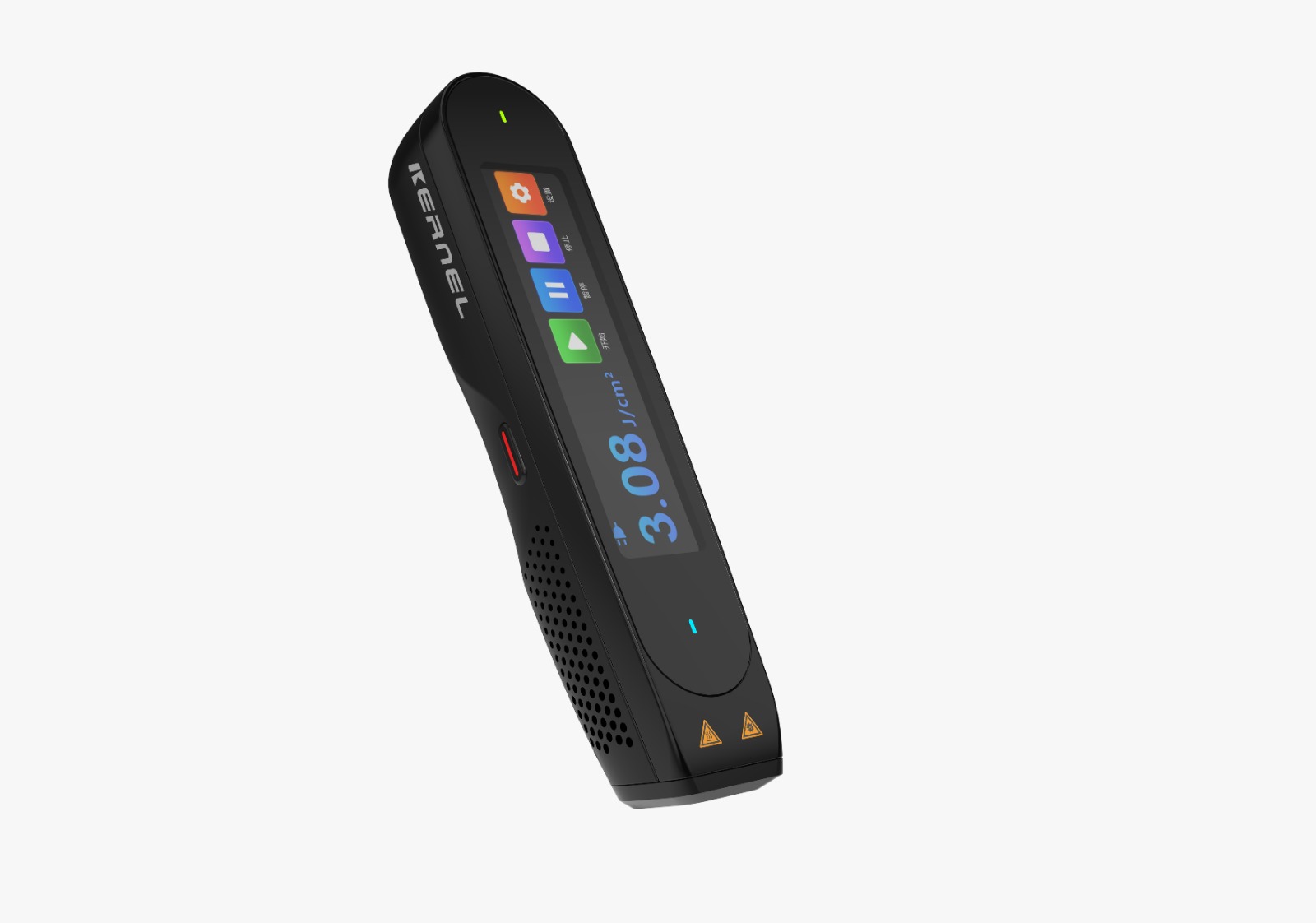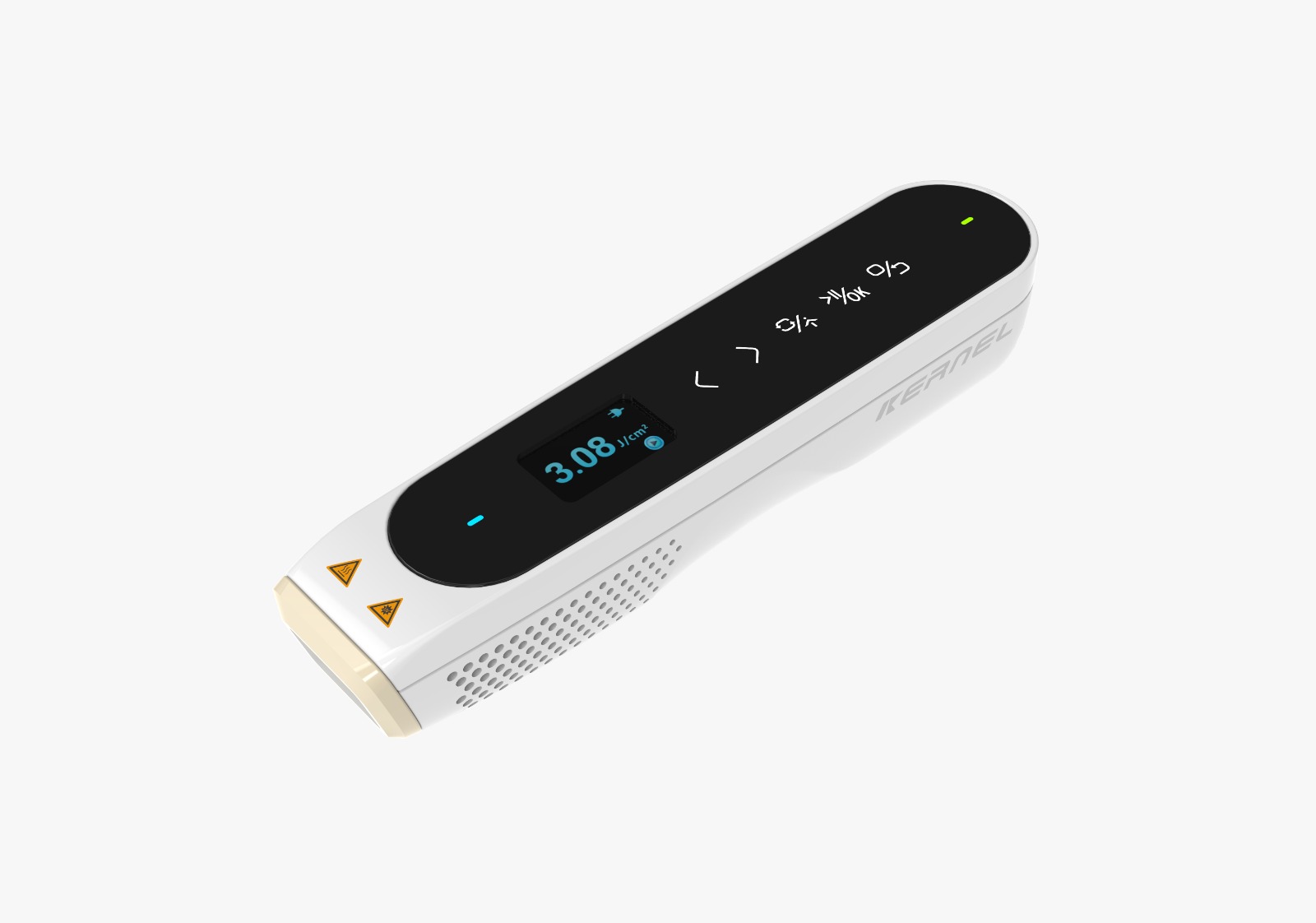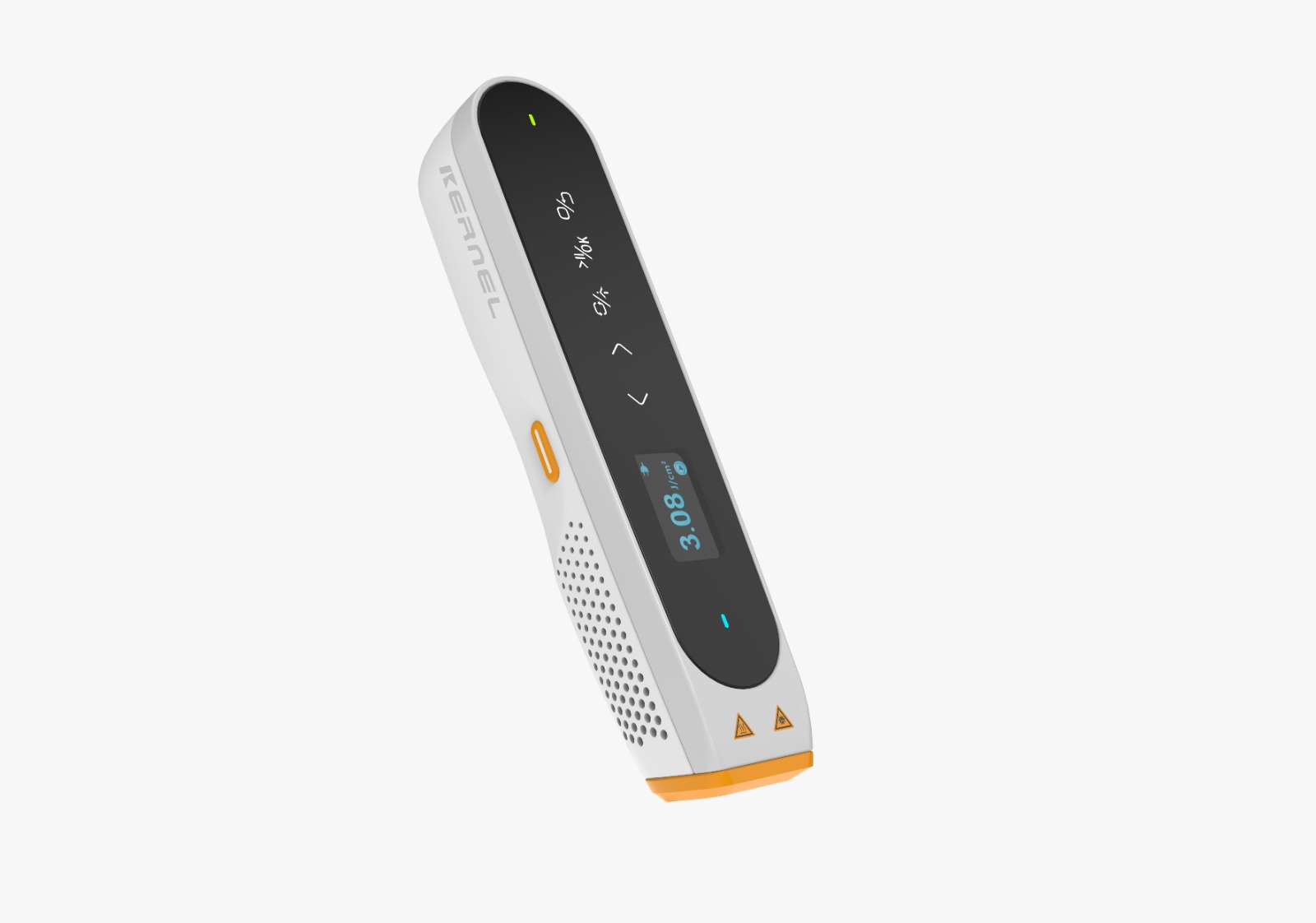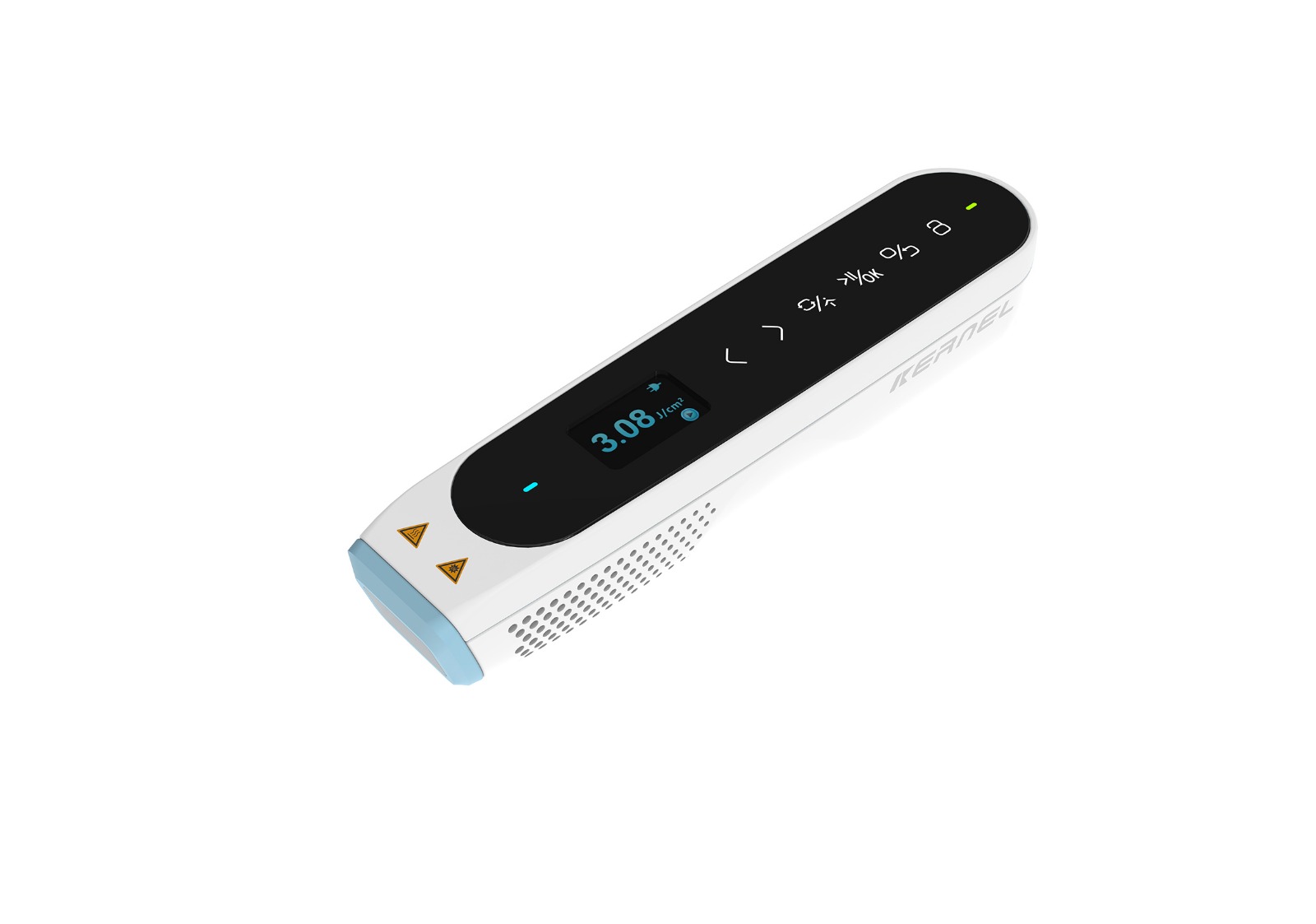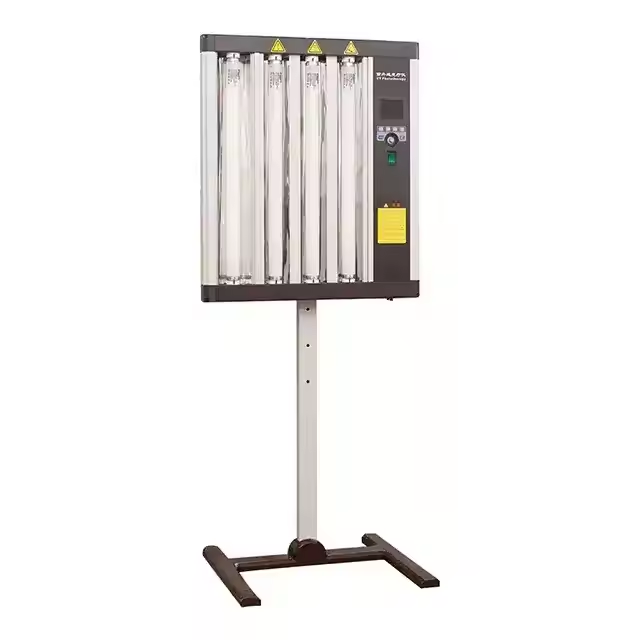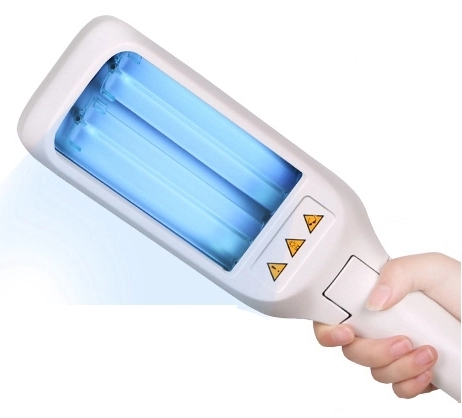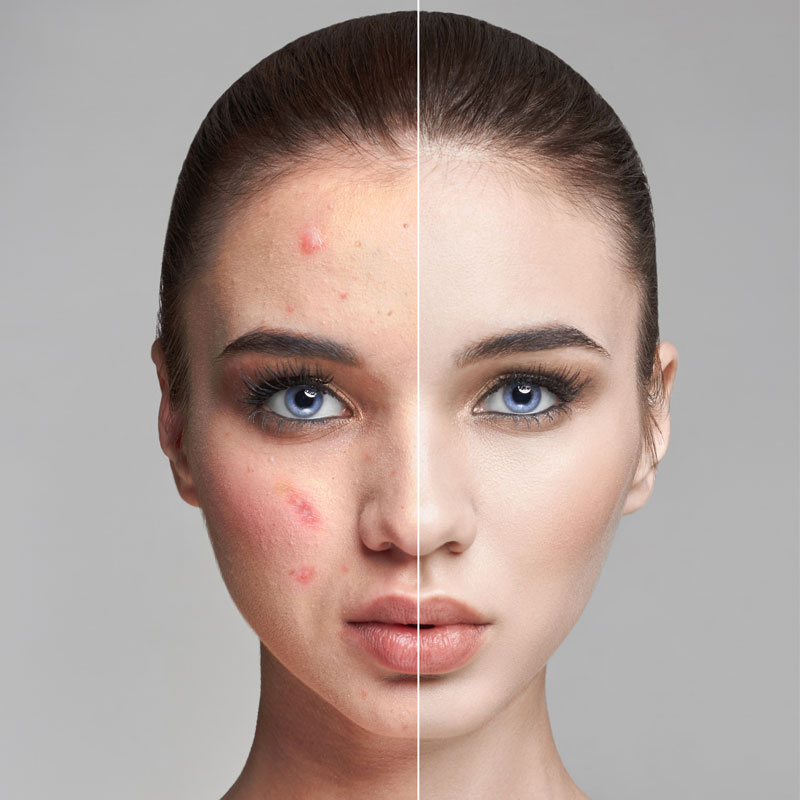Published on February 23, 2024
Unconventional Treatments for Vitiligo
Gianfaldoni and colleagues (2018a) stated that despite the numerous therapies of proven efficacy available for vitiligo treatment, new unconventional drugs had been introduced for the correction of cutaneous disease in the last decades.
Capecitabine is an oral prodrug of fluorouracil, used in the treatment of metastatic colon and breast cancers. It has been reported that its use cause cutaneous hyperpigmentation. At the moment, more studies are needed to evaluate the potential use of the drug in the treatment of vitiligo.
- Glutathione is a well-known antioxidant able to protect cellular components by oxidative stress damage. Recently, some studies underlined how its oral use as supplement may be useful in preventing cells photo- damage. However, the authors stated that more data are needed for its potential use in the treatment of vitiligo.
- Melagenine is an alcohol extract of human placenta, which has been proposed for the topical treatment of vitiligo patients. Even if the exact mechanism of action is still unclear, it appeared to stimulate the melanoblast and melanocyte proliferation and the melanogenesis. It is usually applied twice-daily, alone or in association with ultraviolet radiation. Interestingly, a pilot study underlined the effectiveness of topical melagenine in combination with 20 minutes of infrared exposure twice-daily, in the re-pigmentation of scalp vitiligo. Recently a new formulation of melagenine (Melagenina plus) has been formulated; it consists of a alcohol human placental extract with calcium. The drug is applied once-daily, and appeared to be effective in stimulating the re-pigmentation. No side effects had been described in the use of both Melagenine and Melagenine plus. However, no recent data are available on the use of melagenine in vitiligo.
- Tars are oily, viscous material, consisting mainly of hydrocarbons, produced by the destructive distillation of organic substances such as wood, coal, or peat. Previously, they had been used for the topical treatment of psoriasis, both alone or in association to UVR. Because of their anti-inflammatory and immunosuppressive effects, tars had been also proposed for the treatment of vitiligo. However, they are not used, not only because of the limited data on their effectiveness, but also for their toxicity and carcinogenic effects.
- Topical minoxidil (2 % or 5 %) is a vasodilator drug, which is used topically to treat different forms of hair loss (e.g., male androgenetic alopecia, female androgenetic alopecia, alopecia areata and other). Even if exact mechanism of action is not well understood, it appeared possible that, by widening blood vessels, minoxidil allows more oxygen and nutrients to the hair follicles. Regarding its potential use in vitiligo treatment, only the study of Srinivas et al. reported its efficacy. The authors described how the association of the daily use of topical 2 % minoxidil with alternate day PUVA, was able to induce local hyperthricosis and marker re-pigmentation in 2 vitiligo patients. Unfortunately, no other studies about minoxidil in vitiligo have been conducted and some clinical reports described controversial results, such as the appearance of leucoderma after the use of the drug.
- Topical cream containing pseudocatalase has been proposed as a therapeutic tool for vitiligo. The drug acts by reducing the free radicals and improving the catalase action. Generally, it is applied twice-daily. Better results appeared to be achieved when pseudocatalase is associated to sol-therapy, UVA or nb-UVB. However, not all the research confirmed these data: some studies described how the use of pseucocatalase, alone or in association with UVR, did not add any benefits.
References
- Gianfaldoni S, Tchernev G, Lotti J, et al. Unconventional treatments for vitiligo: Are they (un) satisfactory? Open Access Maced J Med Sci. 2018a;6(1):170-175.
- https://www.aetna.com/cpb/medical/data/400_499/0422.html
